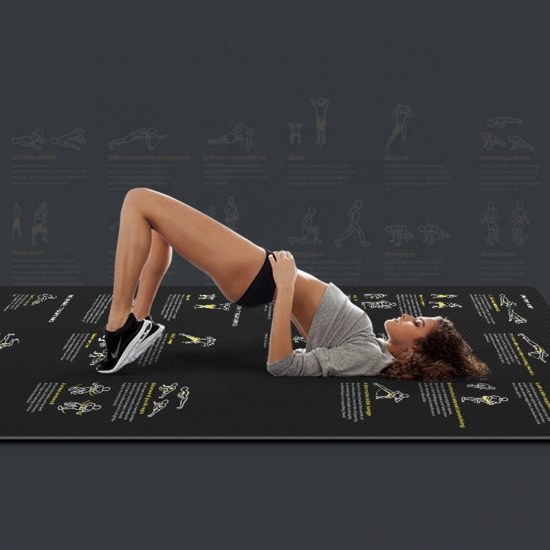Savasana is often described as one of the most difficult poses in yoga, but not because it requires strong biceps or flexible hamstrings. This is not a hands-off situation. Rather, its difficulty stems from the psychological challenge of doing nothing to your body, while keeping your mind calm and clear.
During yoga asana practice, we become very adept at focusing on the physicality of our posture. Doing a series of yoga poses in a way that focuses on alignment gives our busy little minds plenty of time to occupy itself. It's one of the greatest joys of any exercise practice: freeing our active brains from the daily frivolity of small talk. When we're preoccupied with the proper distance between our feet, if our thighs are parallel to the floor, and (constantly!) relax our shoulders, not to mention the overwhelming force of the sensations caused by exertion, our brains can't help Silent. But what happens when the body stops moving and rests?
For many of us, baby monkeys will soon be back in action. This is the Savasana-style challenge: keeping a clear head when the body is still. In many ways, this is what we are all working towards. Taking a break when the body has been wringed out and we're still recovering from a mental breakdown teaches us how to observe our thoughts rather than embody them. This is the practice of meditation and living.
Savasana is also an important ritual in yoga classes. it. It marks the end of an intense public bodily experience. It builds trust by putting you in a vulnerable position in a group setting. It also requires you to receive short breaks and inactivity after your practice. When you're doing yoga at home, you may find yourself skipping Savasana pose because busy adults don't seem to fit in the middle of the day. Being forced to take breaks in class is more important than it seems.
The benefits of the Savasana:
Train the mind to meditate.
Allowing the body to rest after practice helps absorb the effects of its activity.
Getting you ready to transition into your day.
Instruct:
Savasana pose is usually the last pose in a yoga class. If you're at home, turn off the lights and set a timer for at least five minutes.
Come and lie on your yoga mat. Spread your legs apart and spread your feet out. Keep your arms a few inches away from your body, and turn your palms toward the ceiling.
Close your eyes. Make your body feel heavy, as if it's sinking into the floor. If you have a hard time letting go, you may find it helpful to scan your body, starting with your toes and working your way up, relaxing every part of your body as you walk.
Breathe naturally. When you notice thoughts arise, pay attention to them, but don't get involved. Stay relaxed but awake.
Hold this position for 5 to 10 minutes, or until your teacher takes you out of this position.

Useful Savasana props from yoga mats supplier:
A suede yoga mat or a non-slip cork yoga mats can help bring your lower back into a more comfortable position.
If it's cold in the room, cover yourself with a blanket or put on a sweater and socks.
Cover yourself with something heavy to feel calm. Some people like eye pillows. Putting a few folded blankets on your hips can also feel anchored.

 온라인 서비스
온라인 서비스 0086 187 2606 2816
0086 187 2606 2816 Info@secondpagetech.com
Info@secondpagetech.com 0086 181 5606 3146
0086 181 5606 3146